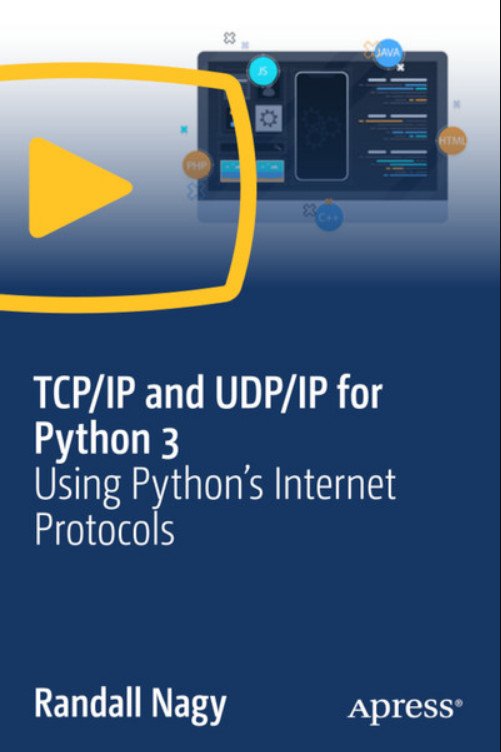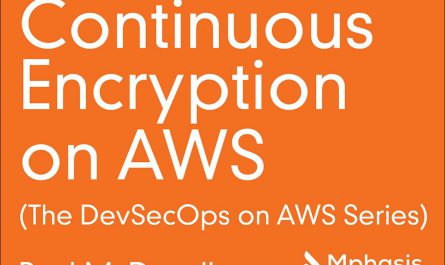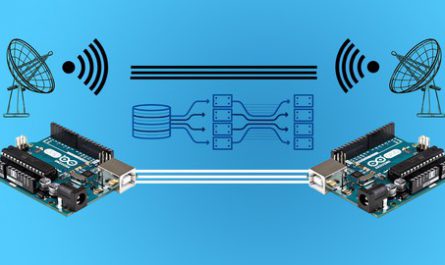
Description
Python offers software engineers a multitude of inter-process communications (IPC) options. With the popularization of cross-cloud communications today, sockets – be they managing TCP, UDP, or even RAW octets – remain the predominate way to monitor, aggregate, as well as to participate in point-to-point, as well as multi-process signaling and information sharing activities.
The purpose of the PSL-3000 Socket IPC is to review how to use TCP/IP and UDP/IP – the most popular and ubiquitous of all modern communication patterns and protocols. Along the way not only will PSL-3000 Socket IPC demonstrate how to share data between cooperating computer processes using IP, but many supporting options – as well as Python’s built-in, object-oriented socket frameworks. From protocols, options, and failure recovery, along the way hands-on “beyond the basics” discussions, demonstrations, and coding activities are provided. Evolutionary IPC concepts destined to help viewers demystify common networking terms, trends, technologies, as well as techniques. Split into three (3) major sections, the PSL-3000 Socket IPC educational opportunity viewers will enjoy many IPC coding activities. Projects encompass short and simple snippets designed to review basic networking concepts, common design patterns, bit manipulations, and even hexadecimal network-mask encodings. –
Viewers will also enjoy completing an evolutionary set of IPC activities covering client, server, peer-to-peer (multicasting,) as well as Python 3’s “batteries included” socketed Framework. Timeouts, testing, as well as error recovery strategies are also demonstrated & practiced.
What you will learn
- Understand common communications terms, technologies, as well as testing techniques.
- How to use advanced techniques to multicast.
- What are the advantage of Python’s socketserver object oriented design.
- How to simulate, as well as to recover from, common communication errors.
- Who this book is for
- Both beginner and intermediate ‘Pythoneers understanding functional Python, as well as the basics of inheriting from Python classes, will guarantee a larger audience. DevOps, Cloud, and IT security roles will also enjoy discovering how quick & easy it can be to create, monitor as well as to share data, events, and operational telemetries using Python 3.
Download Links
Direct Download
TCP/IP and UDP/IP for Python 3: Using Python’s Internet Protocols.zip (138.4 MB) | Mirror


